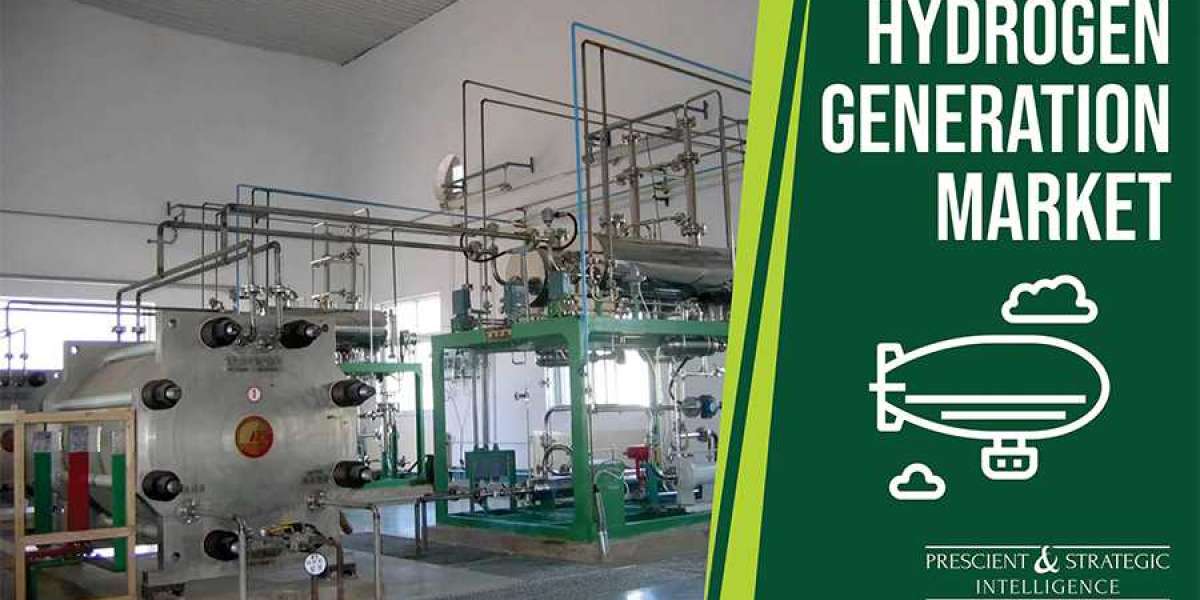Since the availability of fossil fuels is limited, the need for adopting alternative fuels is increasing across the globe. Moreover, these alternate fuels need to produce clean energy, as the environment has already been affected severely due to carbon emissions, which are generated while the burning of fossil fuels. It is because of all these factors that the focus towards renewable energy sources has been increasing at a rapid pace across the globe.
This, in turn, is resulting in the growth of the global hydrogen generation market. Hydrogen can be produced using various methods. Thermochemical processes make use of chemical and heat reactions for releasing hydrogen from organic materials, including biomass and fossil fuels. Water can be split into oxygen and hydrogen by utilizing solar energy or electrolysis. Other than this, microorganisms such as algae and bacteria can be used for producing hydrogen through biological processes. Since hydrogen exhibits high energy density and has a low boiling point, it can be transported easily.
Such qualities make hydrogen suitable for utilization in industrial applications, thereby leading to its high demand. Hydrogen can be produced and delivered in two ways, namely merchant and captive modes. Under the former delivery mode, hydrogen is supplied to small and medium industries by merchants. As small and medium industries are increasingly consuming hydrogen, the demand for the merchant delivery mode was high in the past. Other than this, the demand for captive delivery mode is also predicted to rise in the years to come due to the rising on-site production of hydrogen.
Different technologies, including water electrolysis, steam methane reforming, coal gasification, and partial oil oxidation, are used for generating hydrogen. The adoption of steam methane reforming technology is projected to rise considerably in the years to come. This innovative technology makes use of high-temperature steam for producing hydrogen from natural gas. A large number of oil and gas refineries across the globe utilize steam reforming for producing hydrogen.
Some of the key application areas of hydrogen are ammonia production, petroleum refining, power generation, methanol production, and transportation. A significant demand for hydrogen was created for petroleum refining application in the past, owing to the high consumption of hydrogen for reducing sulfur content in petroleum-based products. Apart from this, the use of hydrogen is also expected to rise in the transportation industry in the years to come, as the sales of fuel-cell vehicles is on the rise.
Geographically, the Asia-Pacific region is predicted to account for a significant share of the hydrogen generation market in the years to come. The demand for hydrogen is increasing in the region for meeting the increasing fuel requirement. In addition to this, Japan and China are investing widely in research development of fuel cells for increasing the production of electric vehicles.
Hence, the demand for hydrogen generation is increasing because of the increasing need for alternative fuels.








